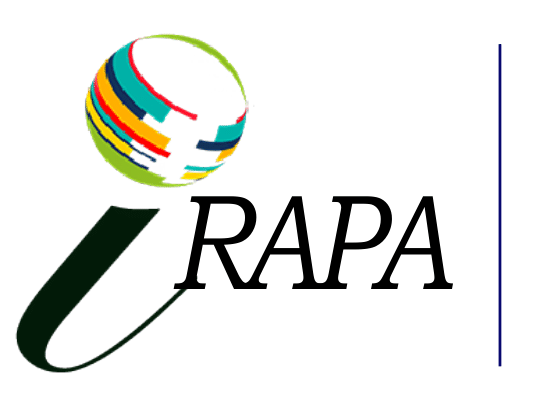Saad Badai Nashter
 University of Baghdad - Iraq
University of Baghdad - Iraq
How to Cite:
Al-Momen, H., & Nashter, S. B. (2022). Prevalence and Risk Factors of Obesity in Children: Attending Al-Kindy Obesity Unit in Baghdad. Biomedicine and Chemical Sciences, 1(1), 20–23. https://doi.org/10.48112/bcs.v1i1.81
Publisher’s Note:
International Research and Publishing Academy (iRAPA) stands neutral with regard to jurisdictional claims in the published maps and institutional affiliations.
Copyright:
© 2022 Biomedicine and Chemical Sciences published by International Research and Publishing Academy (iRAPA) - Pakistan Co-published by Al-Furat Al-Awsat Technical University - Iraq
This is an Open Access article published under the Creative Commons Attribution 4.0 International (CC BY 4.0) (https://creativecommons.org/licenses/by/4.0/)
Creative Commons Attribution (CC BY): lets others distribute and copy the article, to create extracts, abstracts, and other revised versions, adaptations or derivative works of or from an article (such as a translation), to include in a collective work (such as an anthology), to text or data mine the article, even for commercial purposes, as long as they credit the author(s), do not represent the author as endorsing their adaptation of the article, and do not modify the article in such a way as to damage the author's honour or reputation.
Recent Articles




